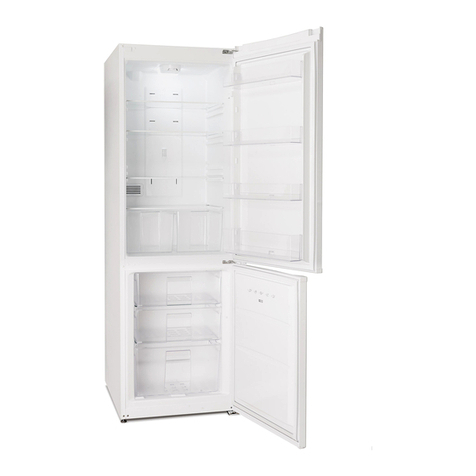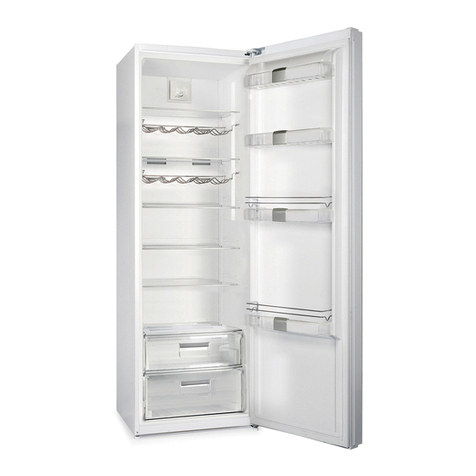Gram FB 4200-90 User manual
Other Gram Refrigerator manuals
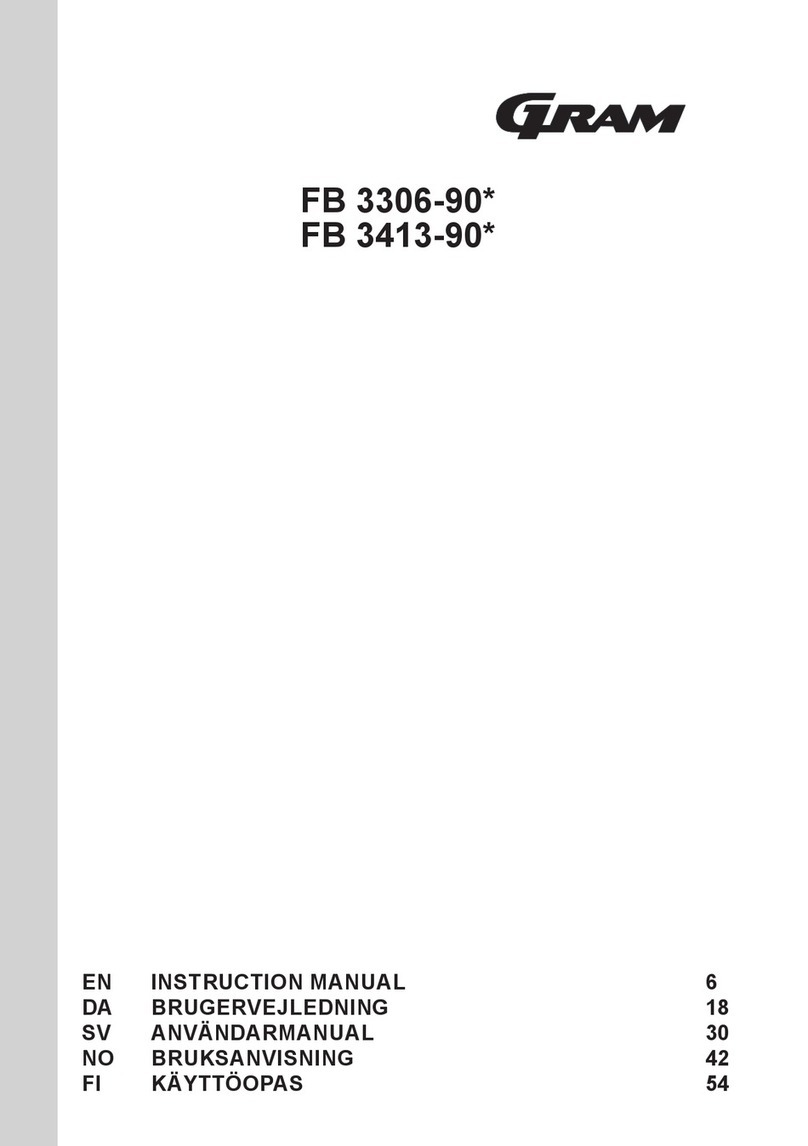
Gram
Gram FB 3306-90 Series User manual
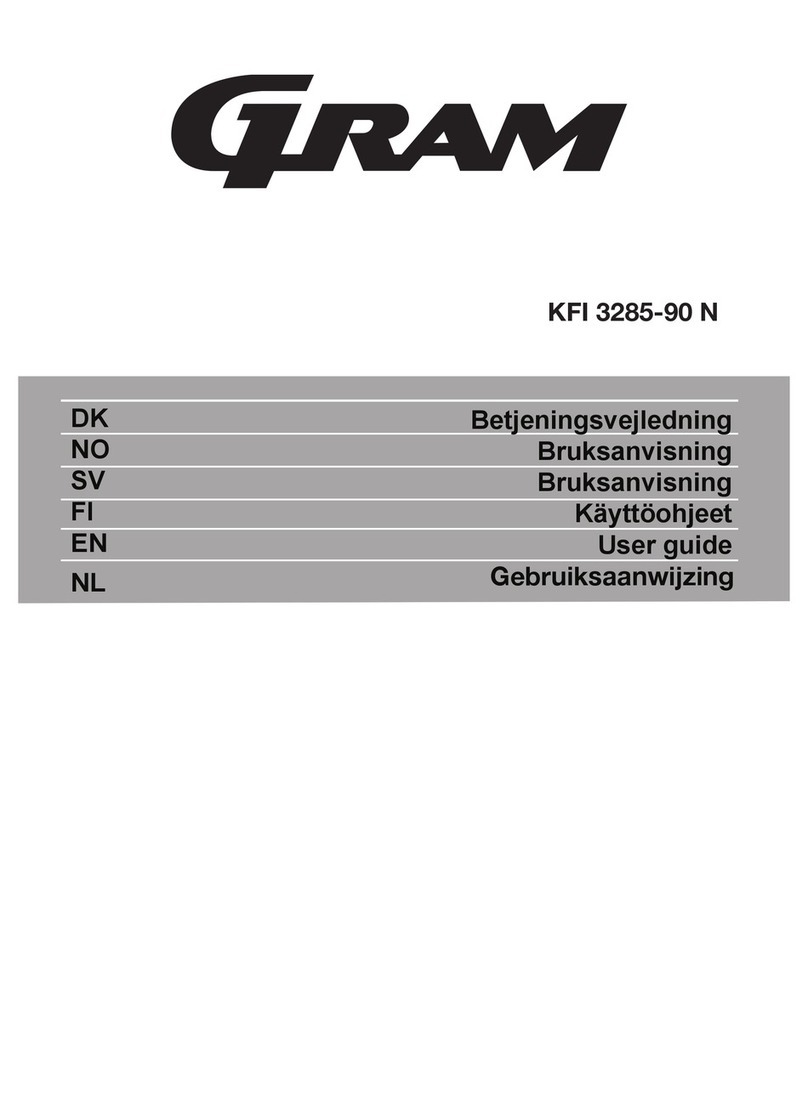
Gram
Gram KFI 3285-90 N User manual
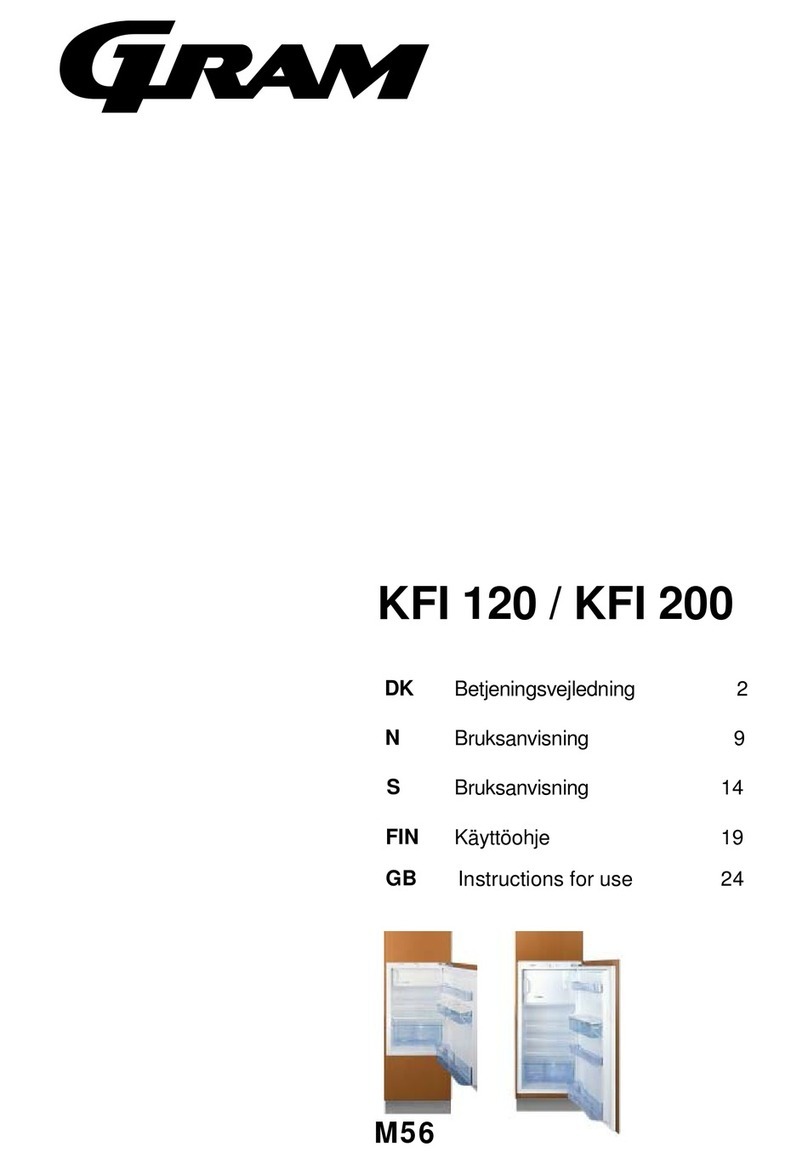
Gram
Gram KFI 120 User manual

Gram
Gram FS 230 User manual
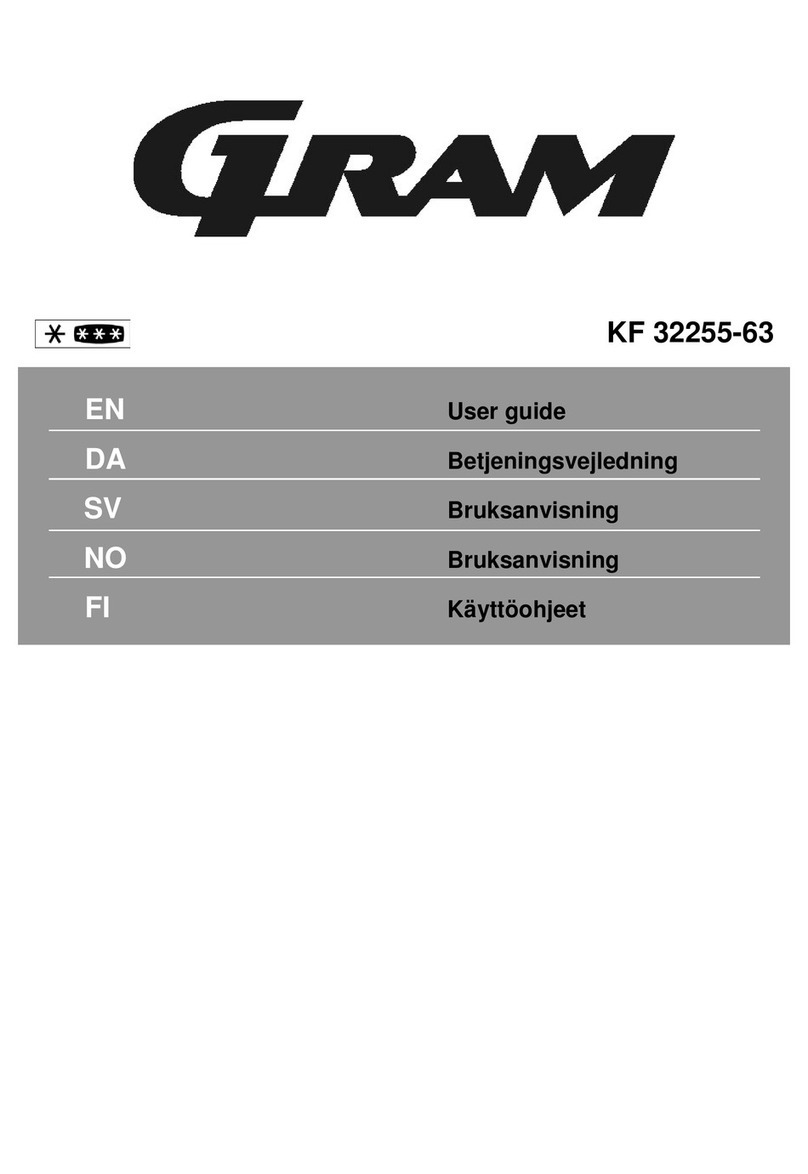
Gram
Gram KF 32255-63 User manual
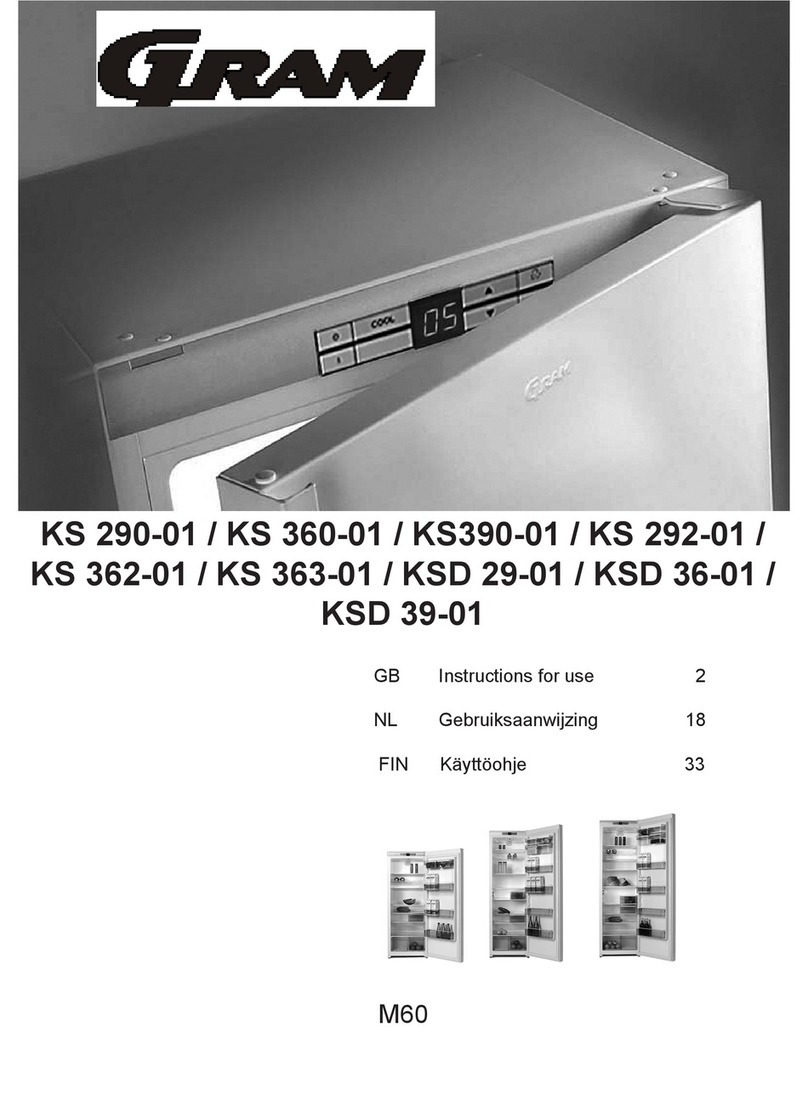
Gram
Gram KS 290-01 User manual
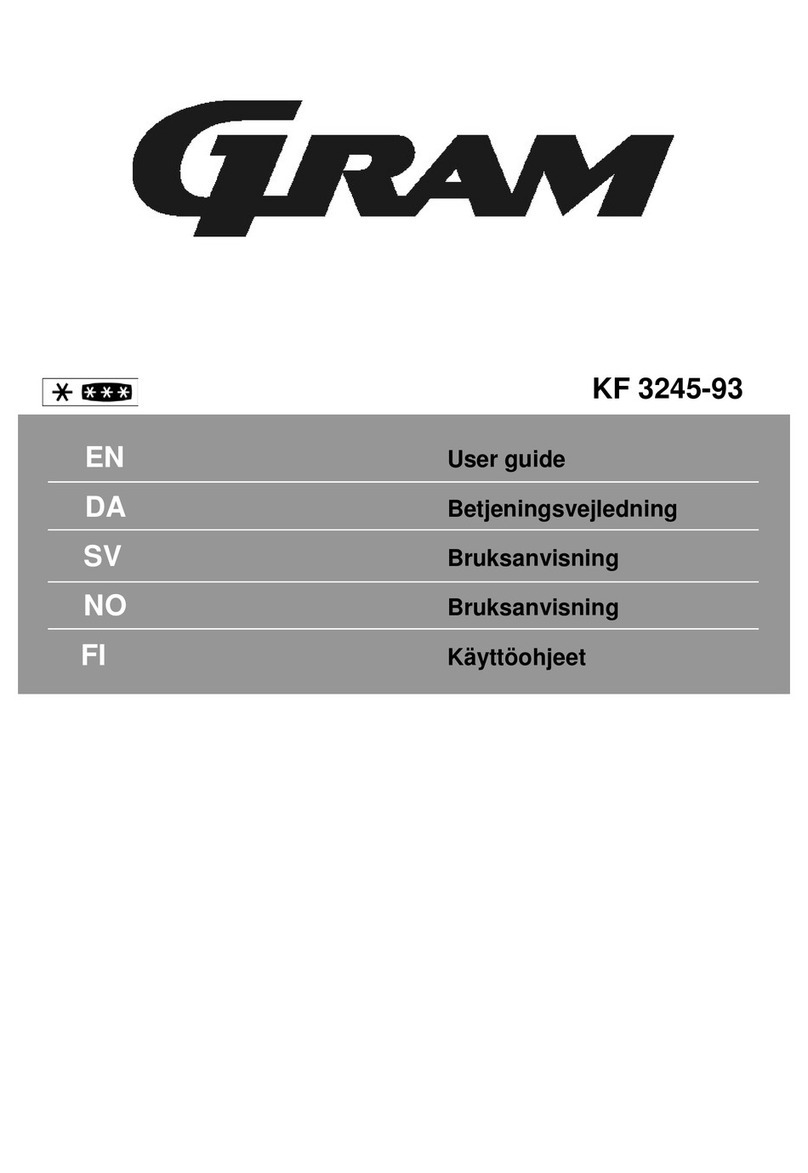
Gram
Gram KF 3245-93 User manual
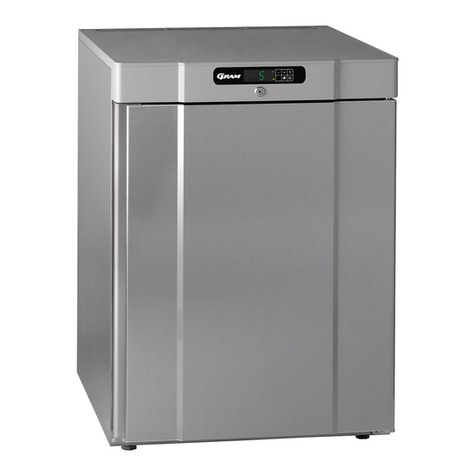
Gram
Gram COMPACT 220 Series User manual
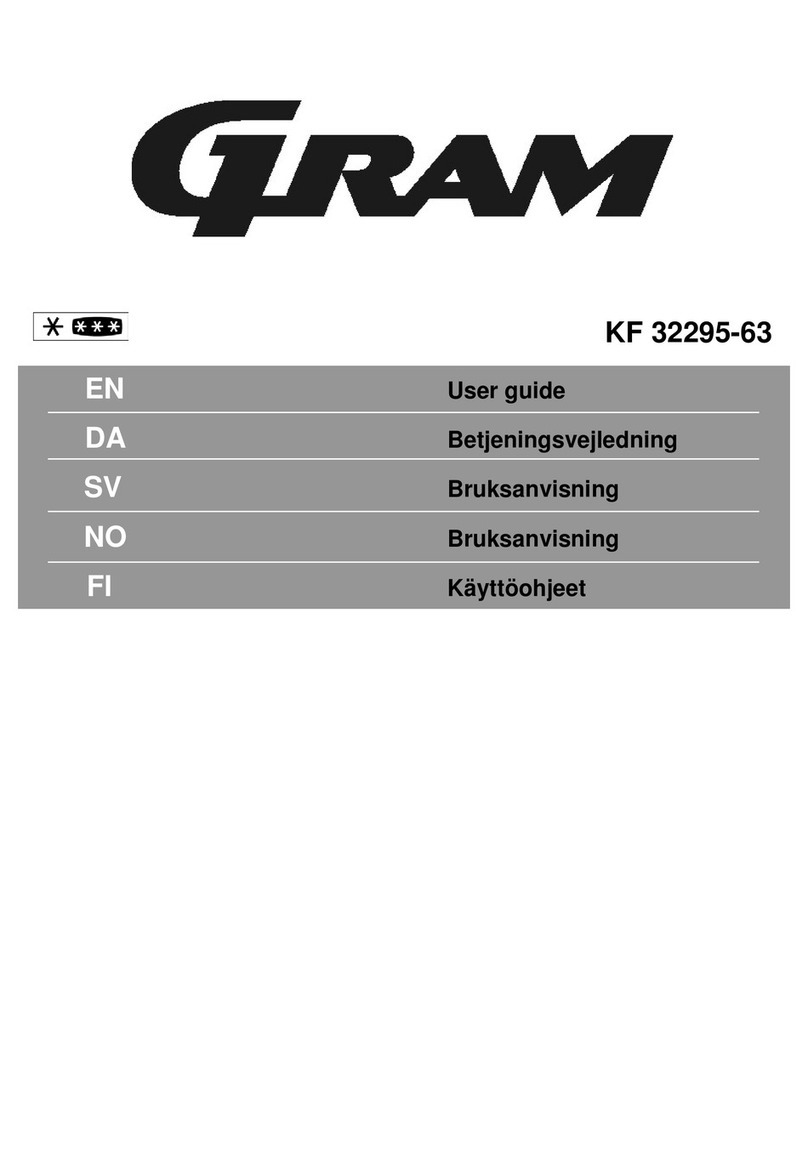
Gram
Gram KF 32295-63 User manual

Gram
Gram KSI 3315-90 User manual
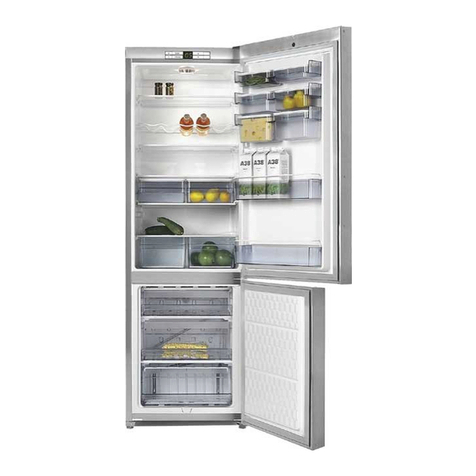
Gram
Gram KF310 User manual
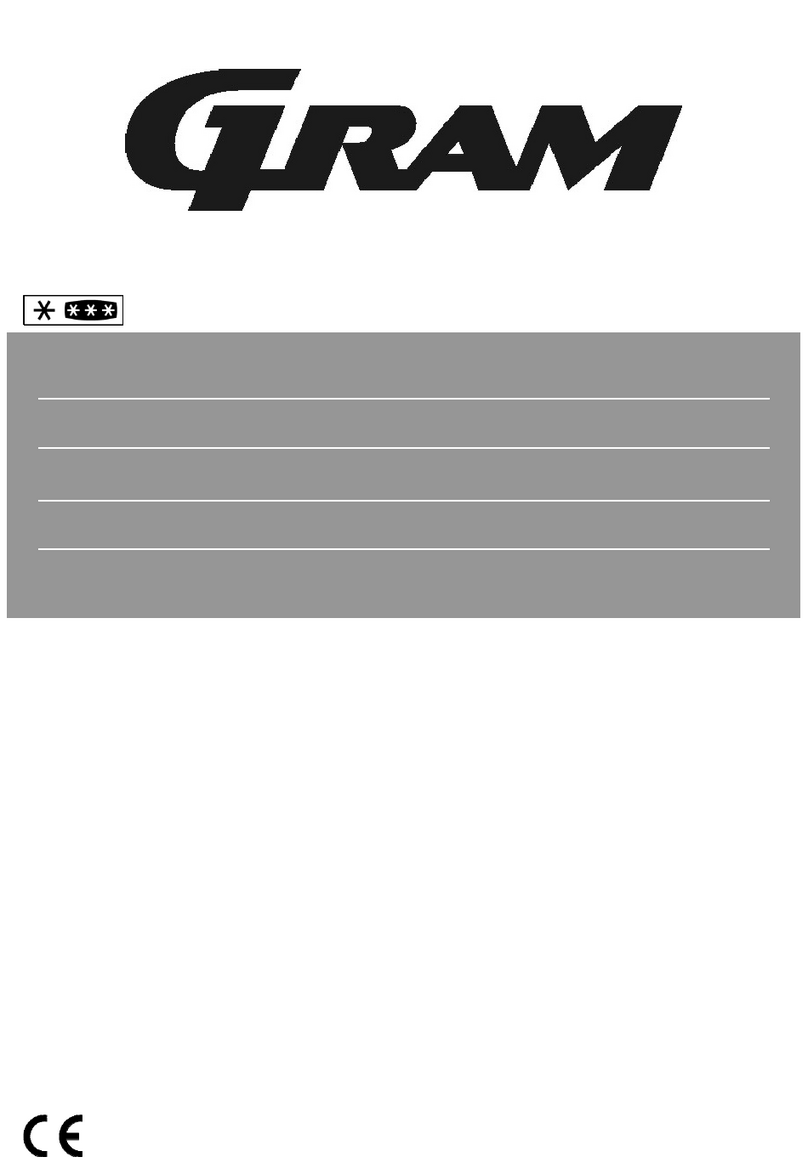
Gram
Gram KF 3255-94 User manual
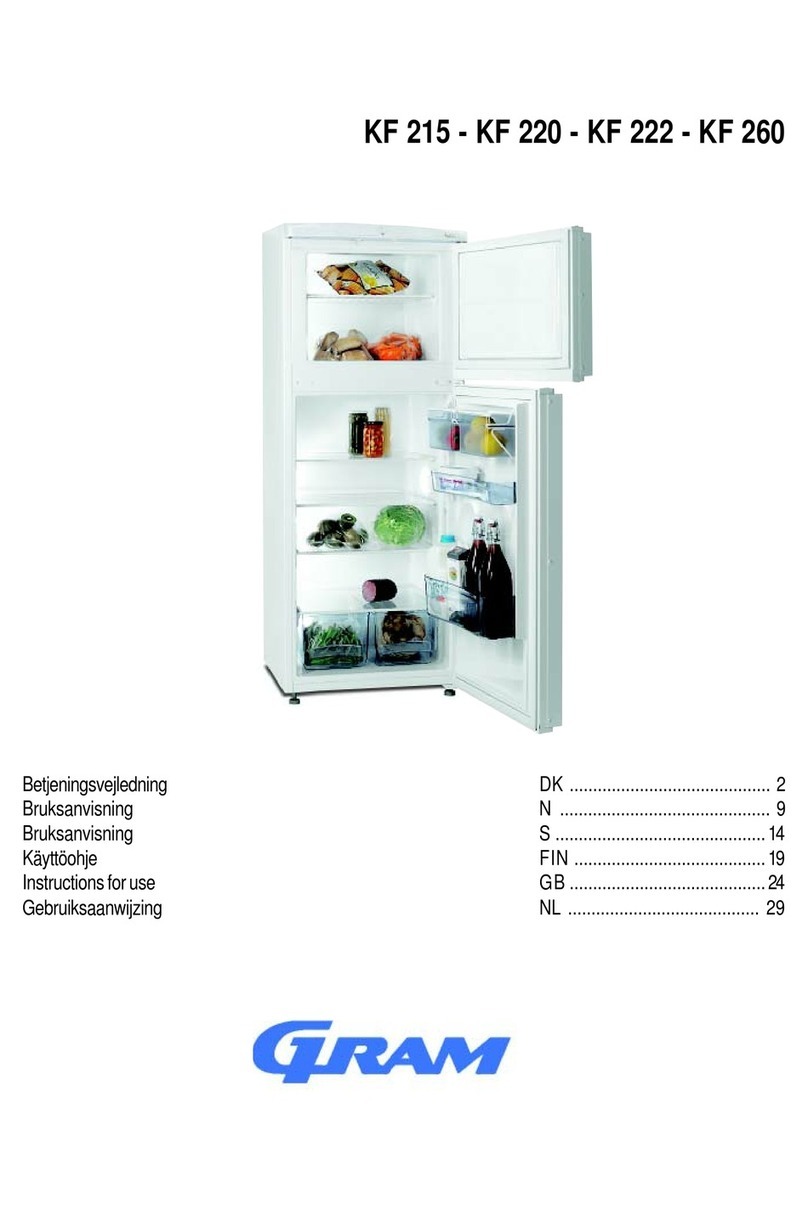
Gram
Gram KF 215 User manual
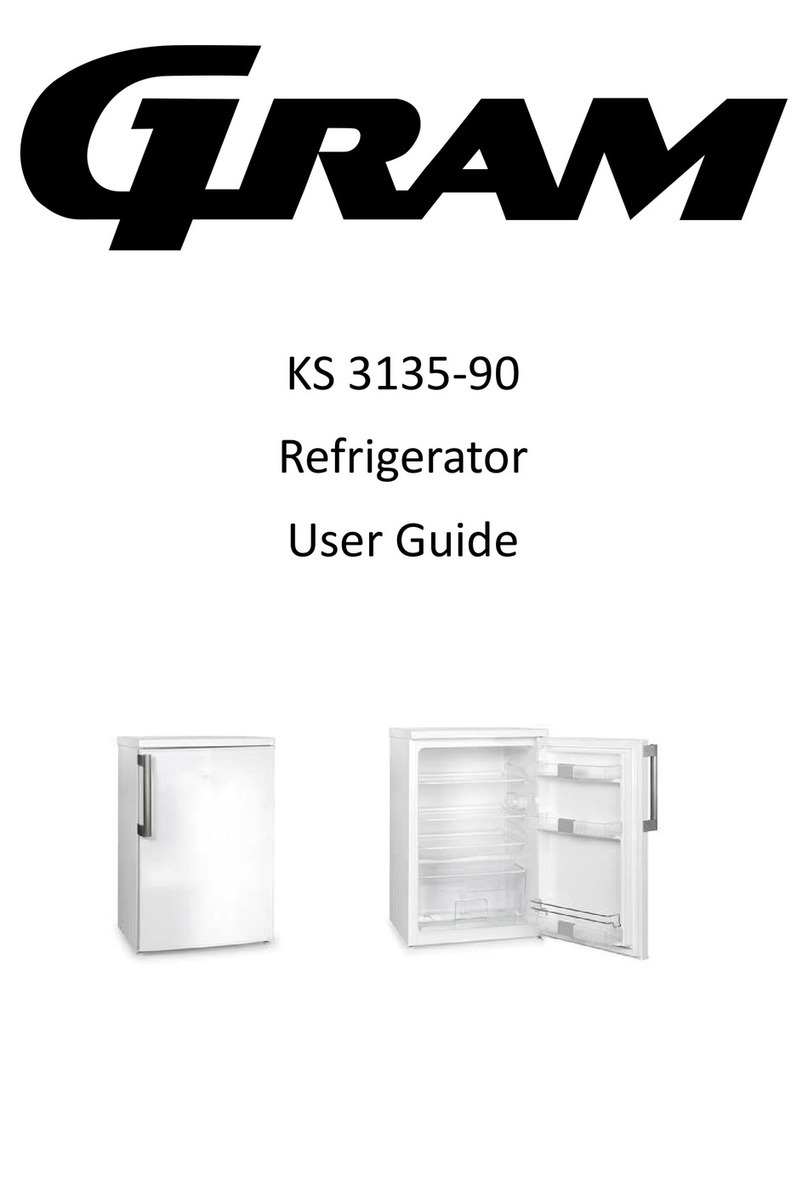
Gram
Gram KS 3135-90 User manual
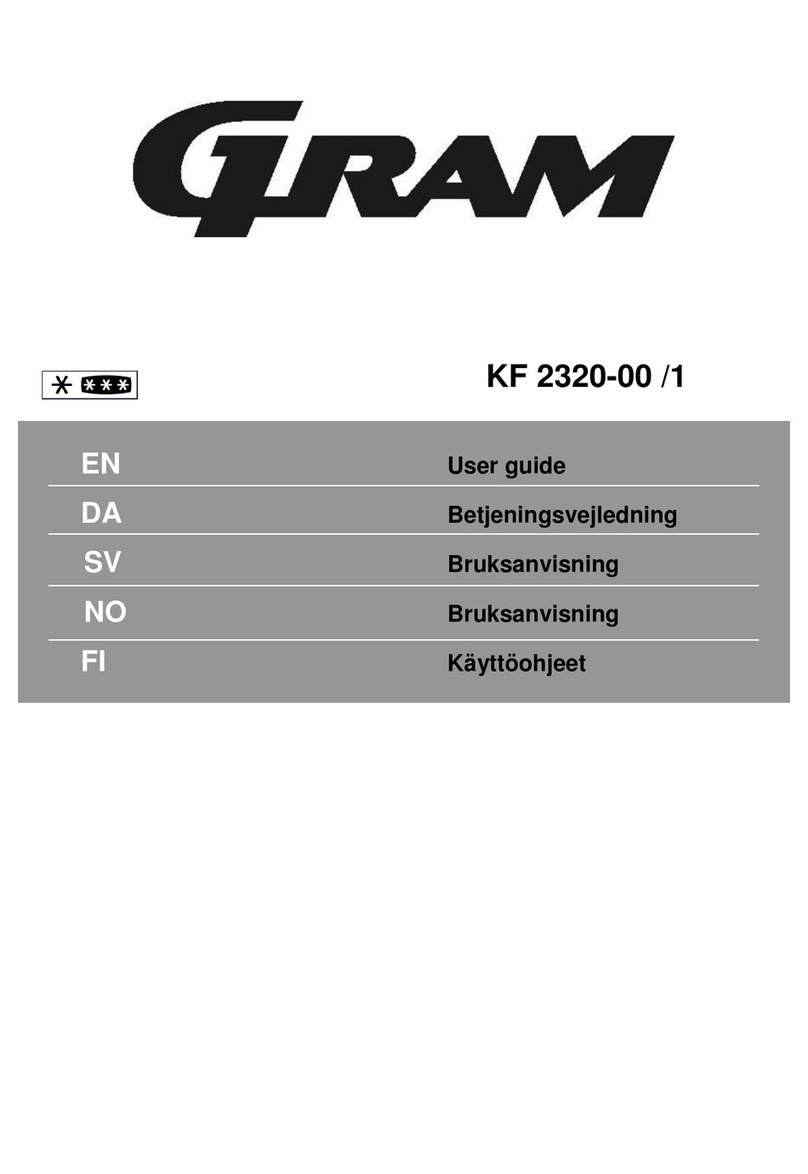
Gram
Gram KF 2320-00/1 User manual
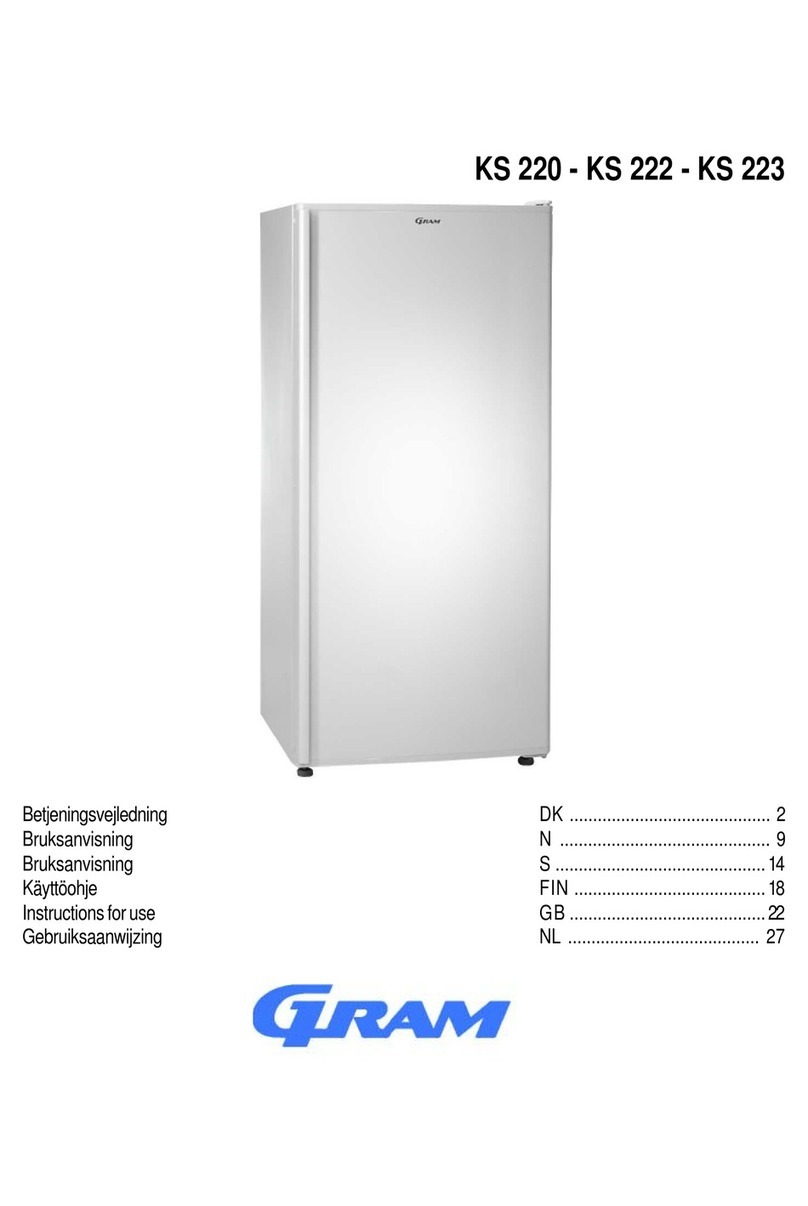
Gram
Gram KS 220 User manual
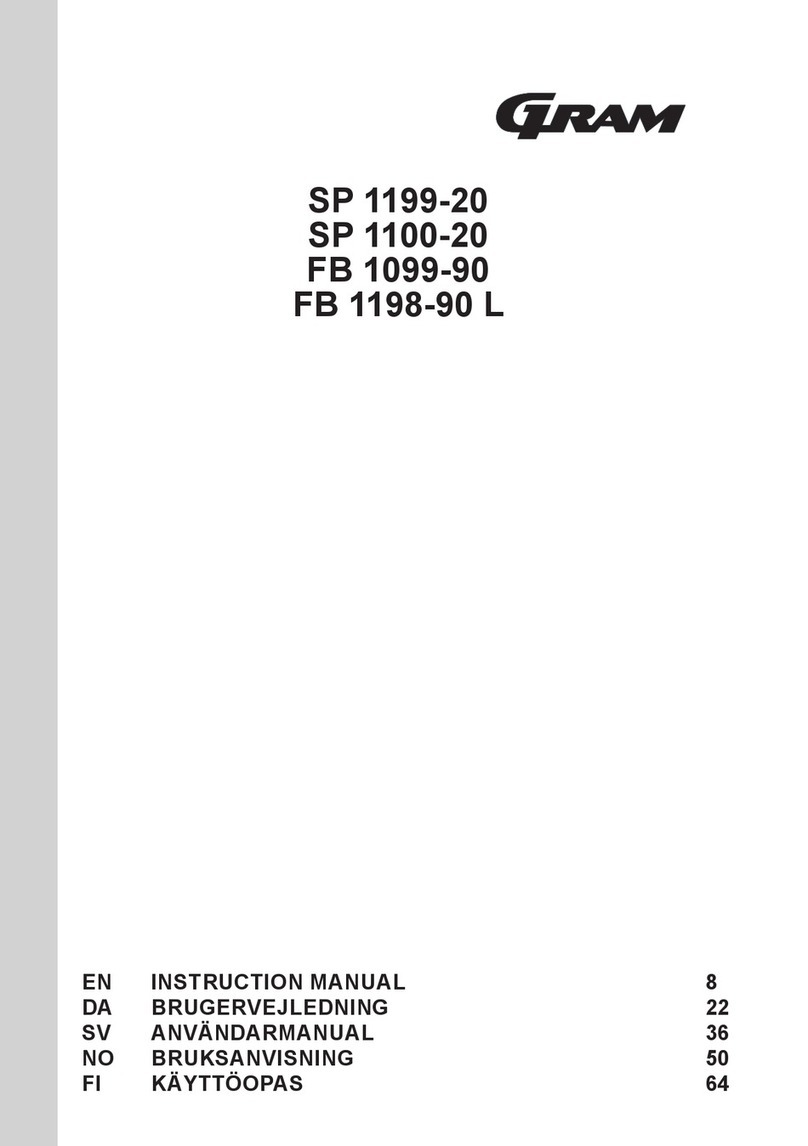
Gram
Gram SP 1199-20 User manual

Gram
Gram KS 3215-93/1 User manual
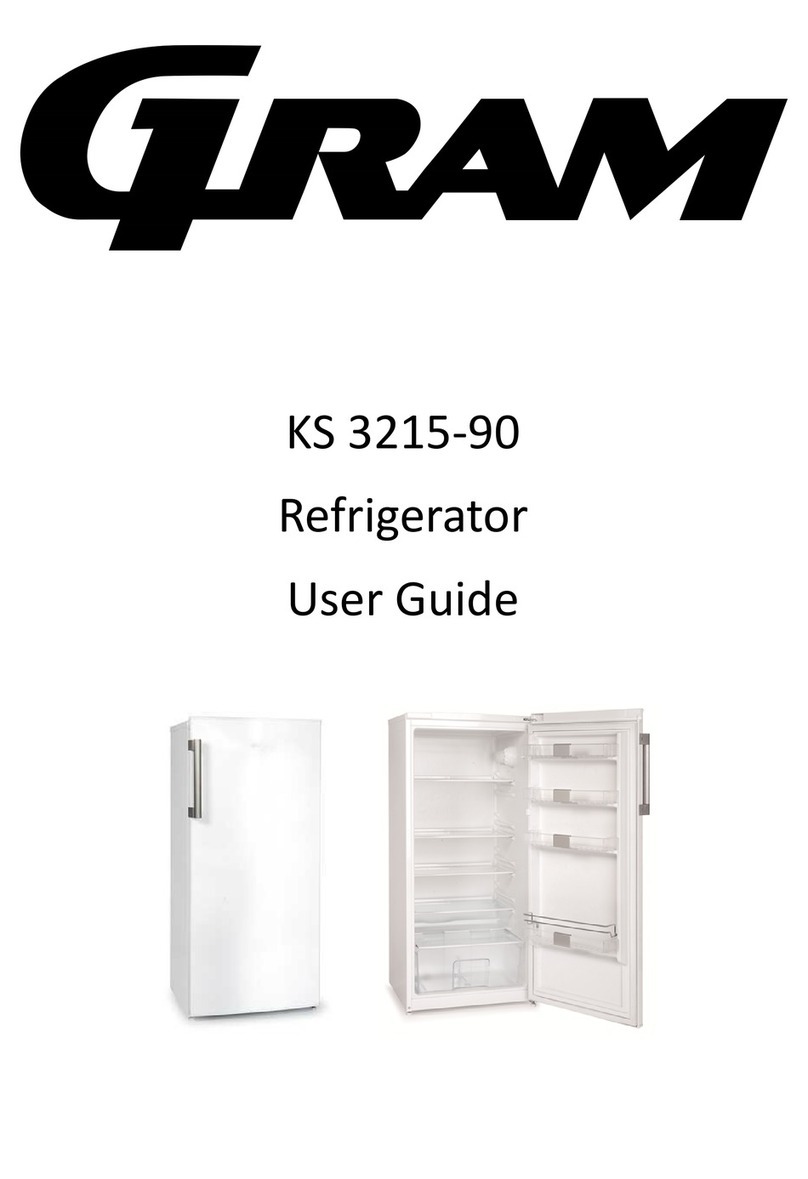
Gram
Gram KS 3215-90 User manual

Gram
Gram KSI 401754/1 User manual


